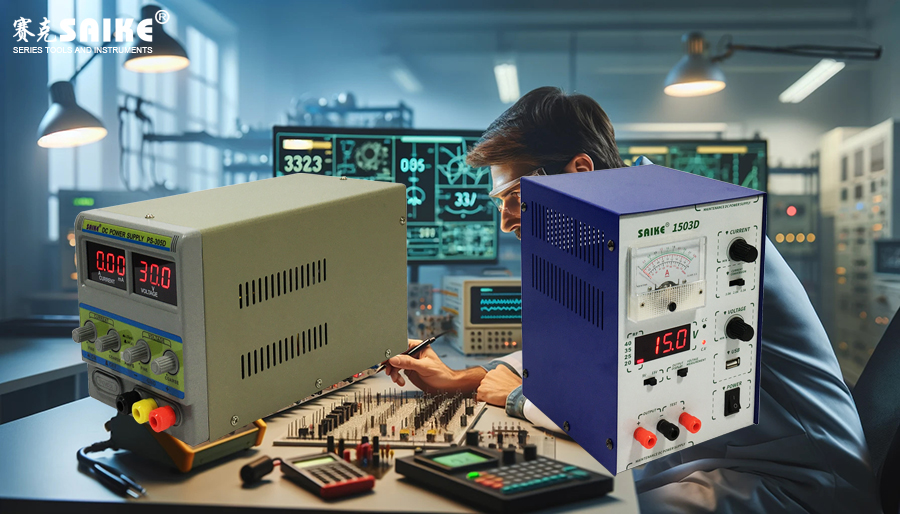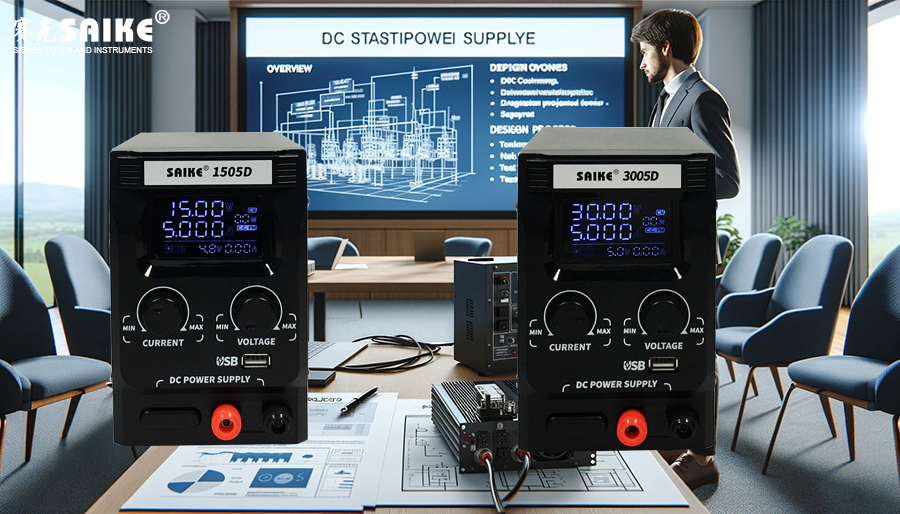
SK-YJ000ZLWYDY-KP 100004
The DC stabilized power supply is a widely used power device in electronic testing, equipment power supply, and scientific research. Its primary function is to provide a stable DC output voltage. Understanding its key performance indicators is crucial when selecting and using a DC stabilized power supply. This article will detail the essential performance metrics of a DC stabilized power supply, aiding users in better understanding and choosing suitable products.
I. Output Voltage and Current
1.Stability
– Output voltage stability: A core indicator for assessing the quality of a DC stabilized power supply. It refers to how stable the output voltage remains during load variations or input voltage fluctuations.
– Output current stability: Current stability is equally important, especially in applications where current demand changes over time.
2.Adjustable Range
– Voltage adjustable range: Different equipment and testing environments may require different voltages, so the adjustable voltage range of the power supply should meet the widest range of needs.
– Current adjustable range: The adjustable range of current should also be wide to accommodate various loads from low to high current.
II. Efficiency and Linearity
1.Conversion Efficiency
– Conversion efficiency reflects how efficiently the power supply converts input electrical energy into output electrical energy. High efficiency means lower energy loss and less heat generation.
2.Linearity Adjustment Rate
– The linearity adjustment rate refers to how well the output linearity is maintained when adjusting the output voltage, directly affecting the smoothness and reliability of the power supply output.
III. Ripple and Noise
1.Ripple Voltage
– Ripple voltage refers to the AC component in the stabilized output, which directly affects the output quality of the power supply. Low ripple voltage is essential for sensitive electronic equipment.
2.Noise Level
– Noise level measures the degree of electromagnetic interference generated during power output. A low noise level is necessary, especially when powering precision instruments or audio equipment.
IV. Protection Functions
1.Overvoltage Protection
– Overvoltage protection can automatically cut off the power supply when the output voltage exceeds a preset safe value, protecting user equipment from damage.
2.Overcurrent Protection
– Overcurrent protection can automatically limit the current when it exceeds the maximum output capacity, preventing overheating or damage to the power supply and loaded equipment.
3.Short-circuit Protection
– Short-circuit protection ensures that the power supply can respond quickly and cut off the output when a short circuit occurs at the output end, guaranteeing safety.
V. Conclusion
The key performance indicators of a DC stabilized power supply include the stability and adjustable range of output voltage and current, efficiency and linearity, ripple and noise levels, and protection functions. Understanding these performance indicators is crucial for selecting a stabilized power supply suitable for specific application needs. Users should compare the performance indicators of different products based on actual requirements and budgets to achieve the best usage effect.


